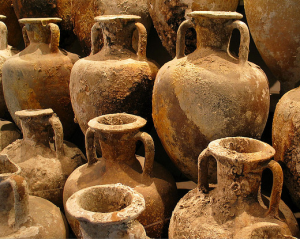When we talk about aging wine, rarely do we realize just how recent a phenomenon wine aging actually is. As mentioned in a previous post (Fun Wine Trivia), wine was not originally stored in bottles. And when wine was not transported in animal wineskins, it was stored in large clay containers and secured with sealants called terracotta amphorae.
<div id="attachment_2890" class="wp-caption alignright" style="width: 300px">

<p class="wp-caption-text">Ancient Clay Jugs (Photo by Thomas Reichart)</p></div>
While these 7000+ year-old clay jugs were kept in cool places, evidence suggests the wine inside was not aged nearly as long as most bottled wine is today. In fact, when wine was later stored in wooden barrels for the first time, it was “aged” for a possibly shorter period of time. Depending on the barrel’s construction, sometimes a wine’s barrel life was just long enough to transport it to its final trade destination before spoiling. It was only when glass blowing technology was re-perfected (c.a. the 18th century) that glass bottles with smaller bottlenecks allowed for airtight wine storage. This is when it finally became possible to age wine in the tradition we follow, today. Interestingly, while the English were the first to seal wine bottles with cork, wine bottles were not the first bottles to be corked. Medicines, beer, and bottled beauty products benefited from corks long before wine! Since aging wine is a recent development (relatively speaking), it’s amazing that the art of wine aging has been perfected to such a fine degree so rapidly.
We now know so much about optimal temperature control, humidity levels, and harmful UV rays, that custom wine cellars can be designed to optimally age any collection of wine. And many wine storage units, like the Climadiff Diva 265 Bottle Multi-Temperature wine cabinet, even have UV-resistant doors. Perhaps the most exciting thing about aging wine is that, just when we think we know all there is to know about it, some new discovery or innovation makes us think again: a new way to preserve wine, a new way to seal bottles, or new scientific information that allows for even greater precision when aging wine for optimal taste. For more fascinating information about the history of wine aging, check out Vintage Cellars’ The Science of Wine Aging. Enjoy!
Happy Thanksgiving everyone! If you're busy cooking today, check out our post from earlier this week on red & white wine sauces to go with your turkey and choosing wine for your Thanksgiving meal, or run through the wine & turkey or holiday tags for even more ideas!

 <p class="wp-caption-text">Ancient Clay Jugs (Photo by Thomas Reichart)</p></div>
<p class="wp-caption-text">Ancient Clay Jugs (Photo by Thomas Reichart)</p></div>
